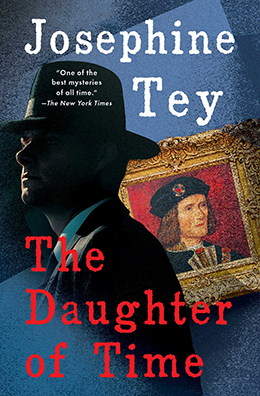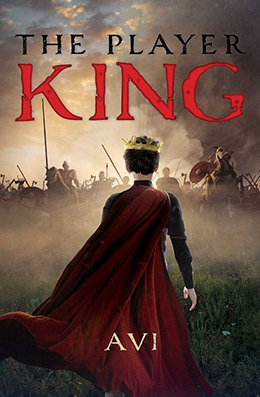 From time to time, I read mysteries and, of course, historical fiction so it was inevitable that at some point in my life, I would read The Daughter of Time a 1951 detective novel by the English writer, Josephine Tey. The title apparently comes from Leonardo Da Vinci: “Truth alone is the daughter of time.”
From time to time, I read mysteries and, of course, historical fiction so it was inevitable that at some point in my life, I would read The Daughter of Time a 1951 detective novel by the English writer, Josephine Tey. The title apparently comes from Leonardo Da Vinci: “Truth alone is the daughter of time.”
It is a most unusual mystery, in so far as the detective—immobile in a hospital—decides to unravel a five-hundred-year-old mystery: What happened to “The Princes in the Tower.”
These two boys were the surviving sons of King Edward IV at the time of their father’s death in 1483, and therefore the presumptive kings of England. But by then Richard III was on the throne before he was in turn killed on the battlefield by the man who would become Henry VII, the founder of the Tudor dynasty.
King Richard III is the great villain of Shakespeare’s eponymous play, which did much to establish Richard as the killer of the boys.
But was he?
It has been long debated—even at that time–and a final answer has never been put forward. That said, the English dynastic struggles of the day were extremely complex, but also fascinating. There are many histories about King Richard and his time.
When I read The Daughter of Time, I too, as have many, became intrigued by Richard III. Indeed, those who believe in his innocence have banded together as “Ricardians.” There is even a “Fellowship of the White Boar,” the white boar being Richard III’s emblem.
Because of the mystery concerning those two boys—even at the time—it was almost inevitable that a number of people would come forward claiming to be one of the boys, the true king of England, thereby challenging the legitimacy of Henry VII.
That was how I came upon the name Lambert Simnel.
Though a boy this Lambert Simnel was brought forward as the “real” king of England, one of those two princes. In fact, he was crowned king in Dublin and went on to lead an invasion of England, only to be defeated at the Battle of Stoke Field on 16 June 1487.
Little is known about Lambert Simnel. Who was he really? Where did he come from? How did he come to be chosen and brought forward (and believed) to be a legitimate pretender to the English throne? What happened to him after his army was defeated?
 I was sufficiently intrigued to invent a story about the boy: The book is called: The Player King.
I was sufficiently intrigued to invent a story about the boy: The book is called: The Player King.
In the book, I imagine who Lambert Simnel was, and how he was taught to act like a king and sought to trace his rise and fall. The story is told in his voice, so as to have readers experience what the boy felt and experienced—as he goes from being nothing to everything in the English medieval world—a kind of fantasy that actually happened.
The research was fun to do, but what really fascinated me was thinking about how a boy would go through such a transition. What would he believe? How would he react? Did he have faith in what people said about him? Or did he know it was all fake?
It seemed a fine story for today’s young readers.
I made one big mistake with the book. Its title is The Player King. It should have been called The Player Kings.
If you read the book—and I hope you do—you’ll see why.